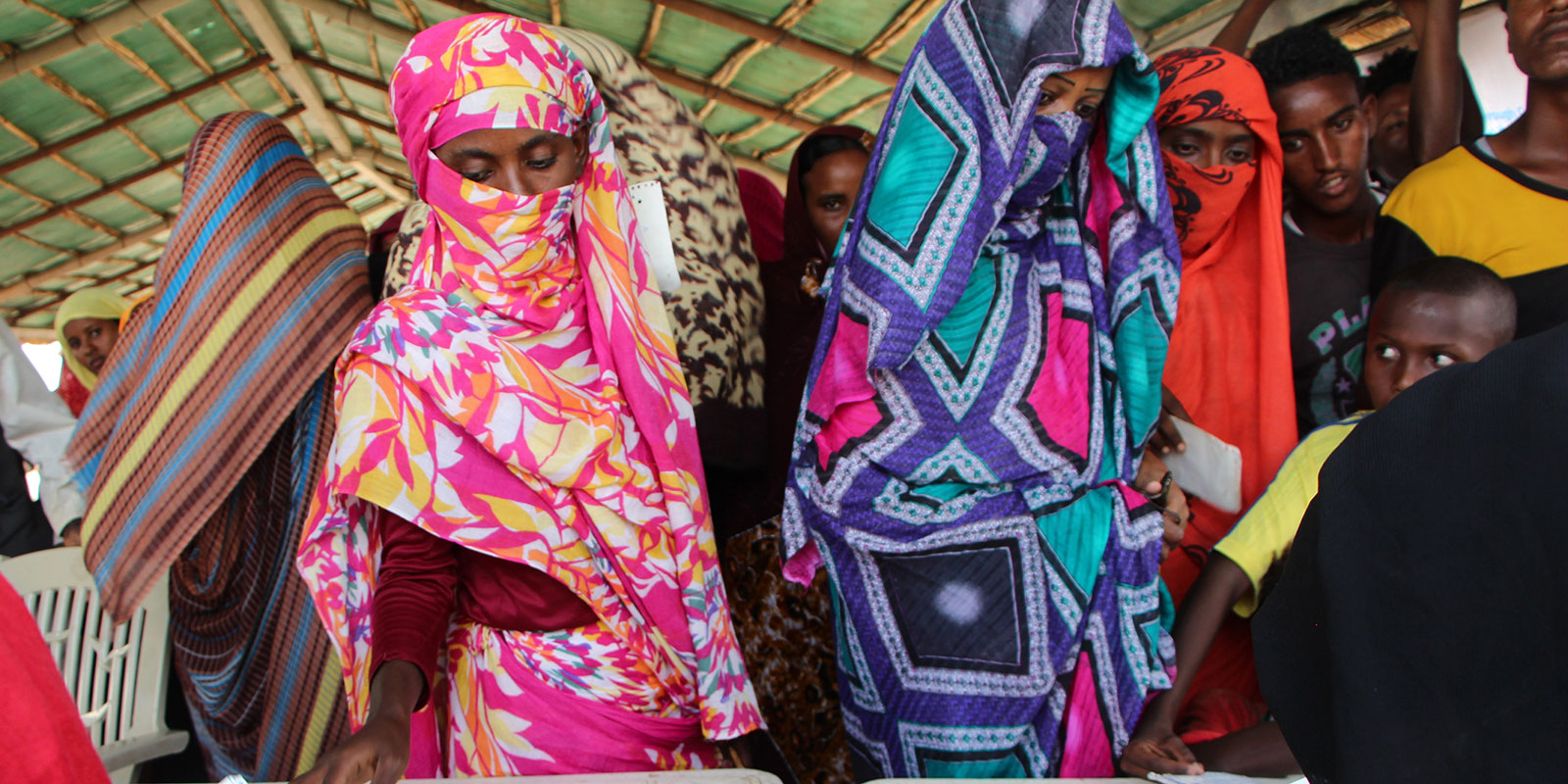In Sudan, we have seen the Transitional Sovereignty Council government make positive steps towards the establishment of a civilian led government. Nevertheless recent outbreaks of inter-ethnic violence in Darfur, soured relations with neighbour Ethiopia over the disputed al-Fashqa border region of Eastern Sudan, and stalled negotiations over the filling of the Grand Ethiopian Renaissance Dam (GERD), pose a threat to the stability that Sudan requires to get back on the development path.
When people in Sudan are forced to flee during the #COVID19 pandemic, they increase the risk of infection for themselves and others @KEEN110997
Tweet
Likewise, in Ethiopia, war broke out in the northern region of Tigray in November 2020, between the Federal Government and the Tigray Peoples Liberation Front (TPLF), leaving thousands dead and displaced. The dispute between Ethiopia, Sudan, and Egypt over the GERD, as well as the clashes between Sudan and Ethiopia over the disputed border region, including the accompanying assortment of military cooperation agreements in the region, threaten to destabilize the entire region, plunging the over 120 million inhabitants into prolonged conflict. There is a great risk that the already high number of internally displaced people (IDP) and refugees requiring humanitarian assistance in the region, will increase even further.
The impact of forced migration in the time of COVID-19 should not be understated, the displaced are moving through host communities and across borders and can become a vector for spreading the disease. However, it is not all negative as many countries in the region, including Sudan, took positive steps, showing exemplary resilience, to curb the spread of COVID-19 among their populations despite the serious constraints they faced. As a result, the region has not experienced the same case load as other parts of the world.
As of March 2021, Sudan is home to 2.55 million IDPs and 1.1 million refugees. On the 13th of March 2020, in the midst of negotiations between the Transitional Sovereignty Council and rebel groups over comprehensive peace in Sudan, the first case of COVID-19 was confirmed in Khartoum. Since then, Sudan has reported almost 30,000 positive cases and 2,028 deaths, with Gedaref State amongst one of the three hardest hit states. Gedaref State is also the arrival point for refugees coming from Ethiopia. The Government of Sudan promptly implemented mitigation measures by imposing travel restrictions and limiting domestic travel. However, this did not stop new refugees arriving from Tigray in Eastern Sudan. As of March 2021, 61,719 refugees have arrived in Hamdayet and Lugdi/Village 8, Sudan fleeing war in the Tigray.
The Government of Sudan imposed #COVID19-related travel restrictions and limited domestic travel, but they could not stop refugees arriving from Tigray, or people in Darfur from fleeing to Chad @KEEN110997
Tweet
Travel restrictions also did not stop Darfuris from fleeing inter-communal clashes in Western and South Darfur, which triggered the movement of some 4,300 Sudanese into neighbouring Chad. It is important to note that Chad already hosts a large contingent of Sudanese refugees (around 8,442). The displaced and refugees are part of a larger collective of almost 8.9 million people requiring humanitarian assistance in Sudan, and millions more in Chad, Ethiopia, and South Sudan. The majority of the facilities or communities that host IDPs and refugees do not have the capacity to ensure that COVID-19 social distancing rules are enforced. Health care is often inadequate. While the Government of Sudan increased hospital bed capacity to 184 ICU beds with 160 ventilators, there are still only four ICU doctors in the country and 81% of the population remains at least two hours away from a healthcare facility.
Testing, an extremely important aspect of the fight against COVID-19 is also an area of concern in Sudan and the region. The Government of Sudan established seven centres with PCR testing facilities in five of the 18 Sudanese territories, however, overall testing capacity remains low. Testing is hampered by several problems including sample collection and transportation.
While the Horn of Africa region continues to experience a period of instability and intra-regional tensions, COVID-19 compounds the insecurity in the region with a healthcare crisis, further exacerbating an already dire humanitarian crisis. However, despite the shortcomings and challenges, the Government of Sudan, together with its humanitarian partners, are taking steps to mitigate the impact of the pandemic on some of the most vulnerable people on the continent, especially those who have been forced to abandon their homes in search of peace and stability.
Keenan Govender is an intern in the Operations Division at ACCORD.


